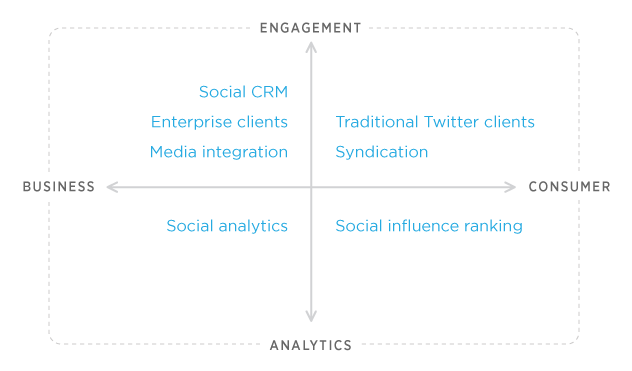The Savage Beatings Anti-Pattern
Monday, October 1st, 2012
Just so we’re clear, in no way do I think that Jeremy Keith (one of today’s guest stars) would actually do any violence to Michael Sippey (the other guest star) or any other person in real life. I do, however, share Jeremy’s well documented rancor about the email notification anti-pattern. Which, among many other shameful companies, Twitter is notorious for its participation.
For those precious few of you who haven’t been victims of it, the anti-pattern in question is as follows:
- A site creates a new notification/email/spam.
- An option is created for their existing users to sign up for this further bloat to their in-boxes.
- As a “convenience”, it is set to “yes” by default.
- If for some reason (Heaven forfend!) you don’t like spam, you must then follow a link to their site, log INTO said site, and then un-click the offending “Yes” that’s on an item labeled something patently false like “Emails You’ll Really Want”.
This isn’t a customer service. They know it. And we know it. It’s force-feeding end users in the desperate hopes of squeezing extra profits out of our bloated corpses.
So what do we do about it?
I’m going to suggest we follow Jeremy’s advice.
Document (aka, blog) the situations when they occur, so there’s a greater awareness for new startups entering the space that this type of interaction and marketing is unwanted and hostile to users.
We probably shouldn’t threaten them with bats, but I suggest communicating directly with offenders. They may not change from one voice, or ten, or a hundred. But if enough people complain, maybe they’ll get the picture.
Also, participate in efforts to proactively communicate what web patterns suck, such as pointing people to Harry Brignull’s Dark Pattern Wiki (which doesn’t currently have this anti-pattern listed on it, but certainly should.)
Those are the best ideas I’ve got. Documentation, mockery, notification and education.
Got your own? Let me know via one of the response methods below. Or, heck, if you actually like being signed up for spam without your prior consent, please let me know. You’re likely the last of your kind and belong in a museum.

